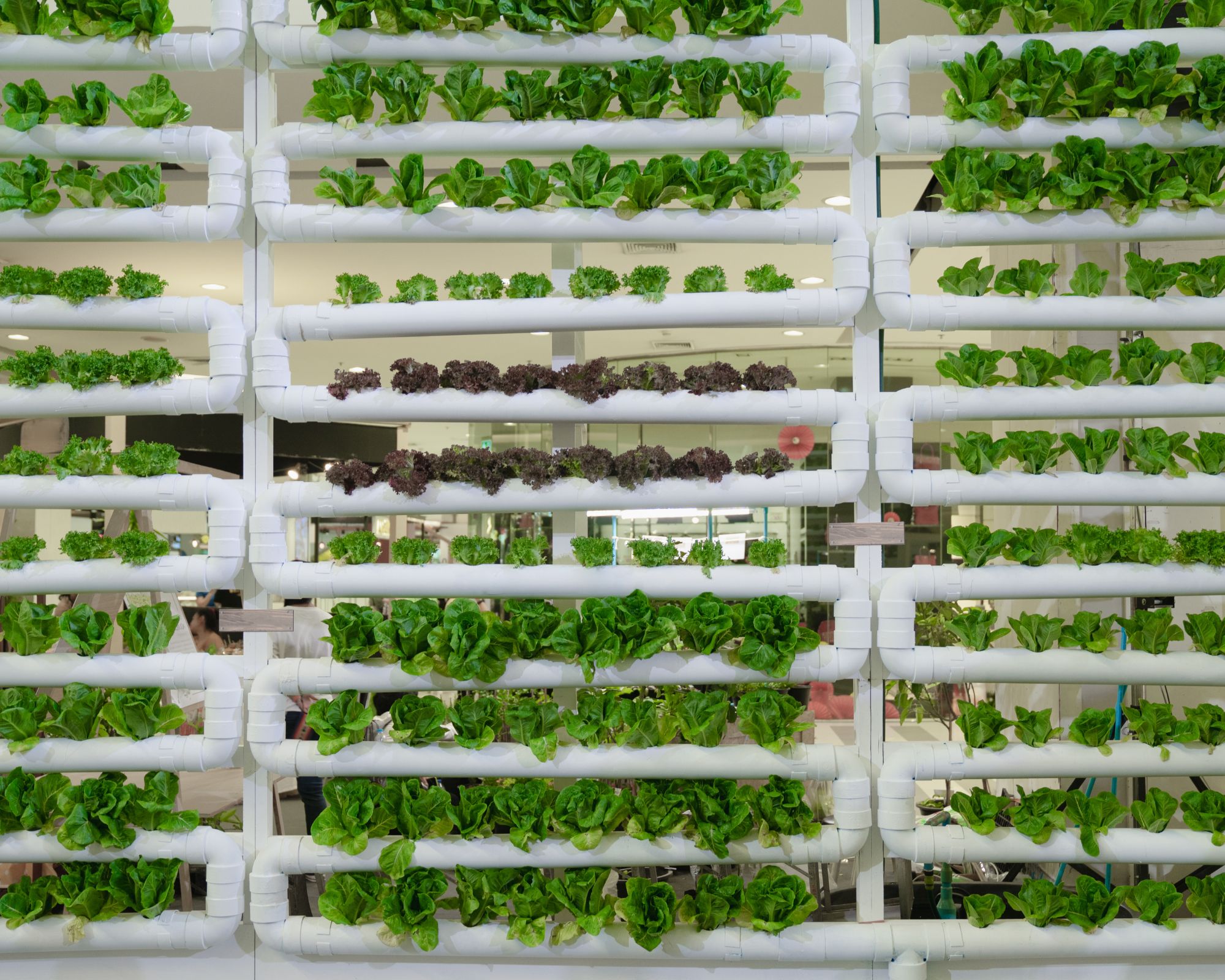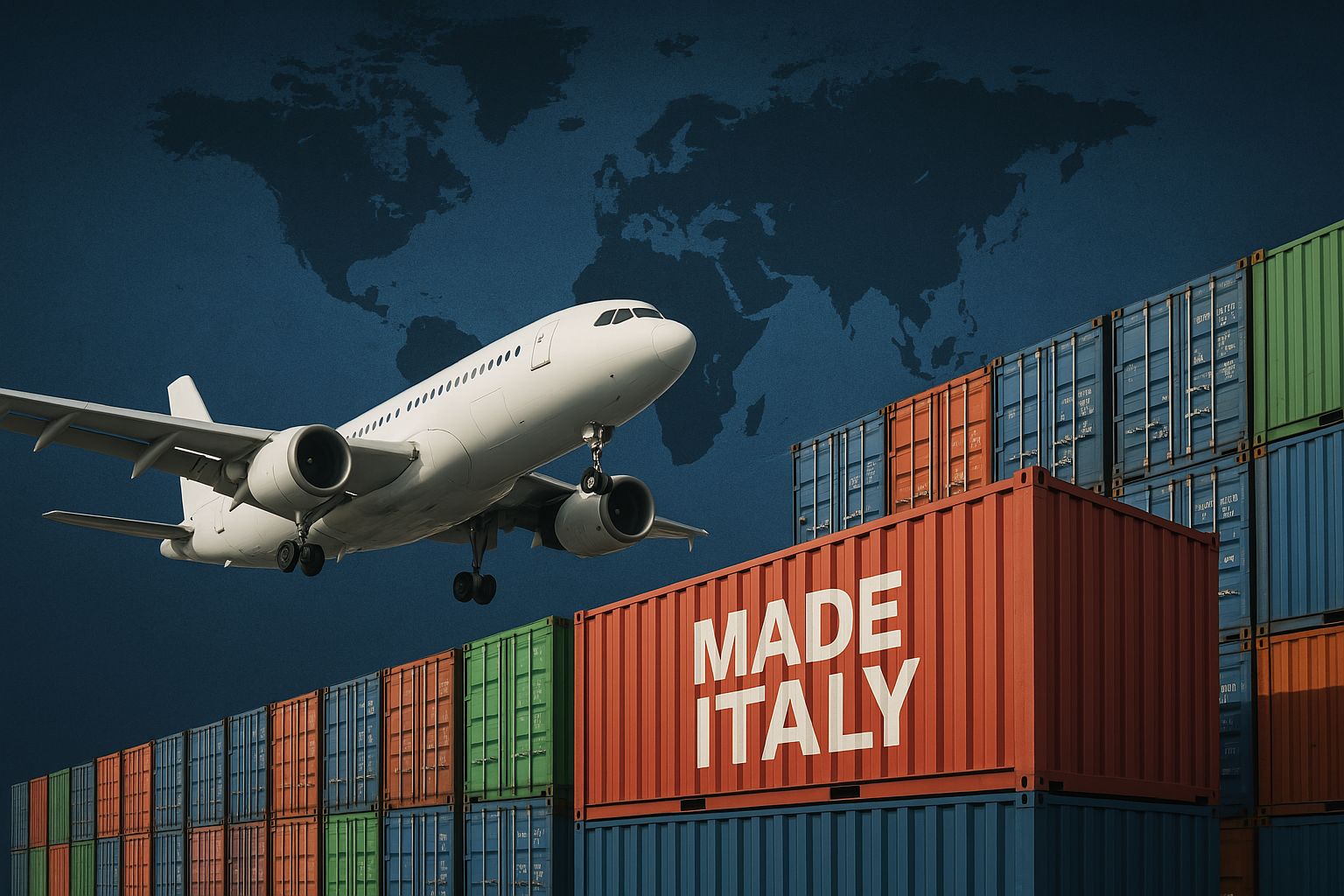Asia is the most populous continent in the world, but also the one where half the total population experiences hunger. Recent geopolitical changes have made the countries in question straighten up, highlighting the urgent need for a complete rethink of production and supply chains. In ASEAN countries in particular, this has given rise to a real revolution in the agricultural market. In fact, it has been estimated that to meet the continuous demand for food for an ever-growing population, production would have to increase by more than 60% compared to ten years ago. Asian countries are therefore increasingly turning to ag-tech solutions, which allow them to produce more while wasting fewer resources.
The example of Singapore
For example, Singapore, second in the world in terms of population density and largely dependent on food imports (and therefore highly vulnerable to supply disruptions and price rises) is experimenting with vertical farming. Thanks to pioneering companies such as ComCrop, they are able to produce organic vegetables on the roofs of houses using hydroponic technology (an above-ground cultivation technique where the soil is replaced by an inert substrate and which saves a considerable amount of water). Another Singaporean example is BOAT (Blue Ocean Aquaculture Technology) which, thanks to innovative technologies, is able to produce up to 18 tons per year of sustainable fish.
Australia and China
Moving on from Singapore we find other ag-tech pioneers, e.g. the Australian company Orlar, which has devised a new form of vertical farming for strawberries among the Vietnamese rocks, or the hybrid rice produced in China, which is able to produce about 30% more crop.
Challenges for farmers
For those who rely on the income from typical primary sector activities, the balance between productivity and sustainability plays a key role, especially in ensuring access to food of sufficient quality and quantity. Against the backdrop of a geopolitical situation that sees soaring food prices combined with significant increases in fuel and fertiliser prices due to the current conflict between Russia and Ukraine, industry players in South-East Asia are also facing extreme weather events. This, as mentioned above, is prompting governments and local companies to completely rethink the way they operate their production and supply chains, opting for the integration of digital technologies and artificial intelligence into their production chains. Given the area’s strong technological vocation, it constitutes fertile ground (in every sense of the word!) for the development of innovation in the agri-food sector.
Contact us for further details!
✅ Edited by Valentina from the Italian office of Pangea Studio Associato
📧 info@studio-pangea.com
📞 06-87155256 – to speak with us select “Italian” and “ Roma”



